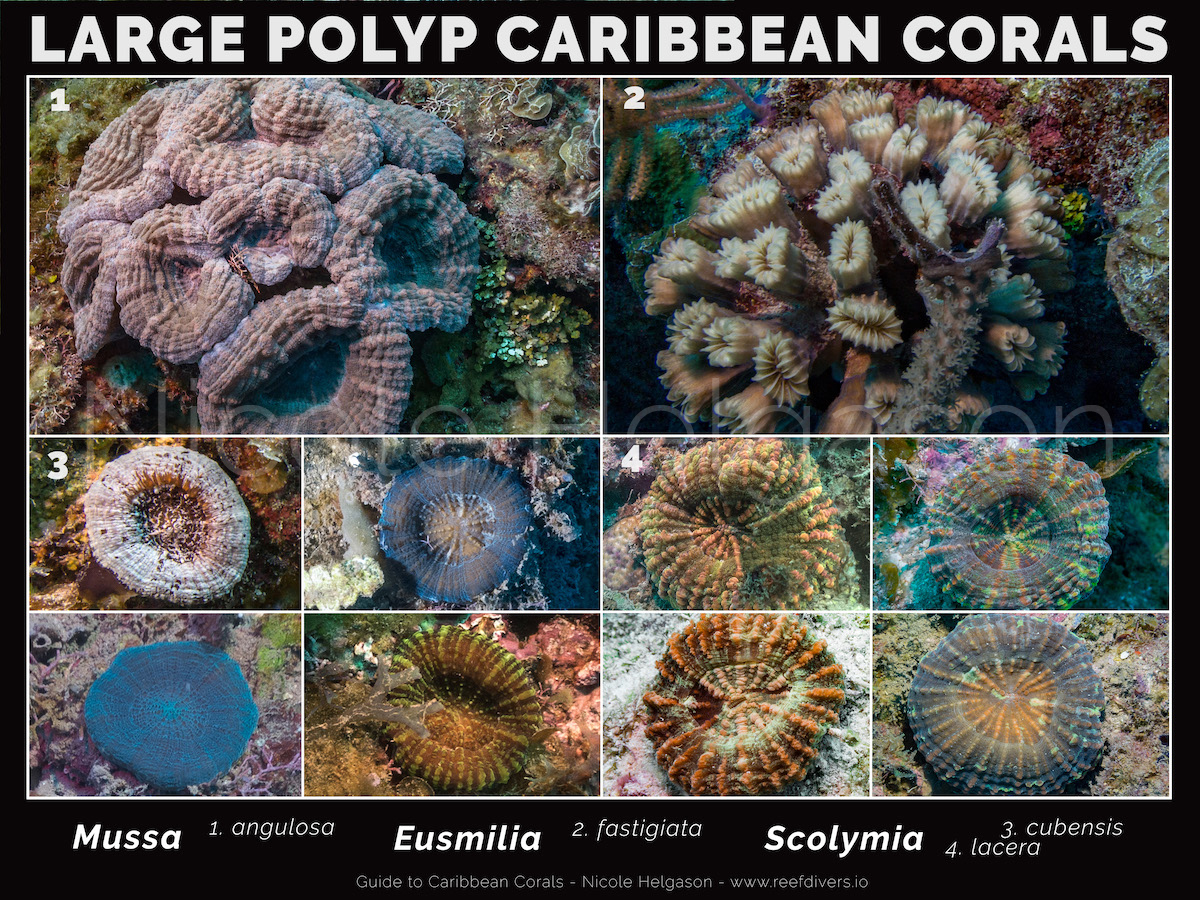Large Polyps
When most people imagine corals, they think of hundreds of tiny polyps creating a larger colony of coral. And while this is true for most corals there is a second category of corals which have large polyps, and even single large polyp species.
Large polyp corals are anywhere between 5-15cm or 1-6 inches in diameter, and often the most colorful of all coral species. We made this quick guide so you can easily identify large polyp Caribbean species at a glance.
You can find more quick guides here to Branching, Mound & Boulder, Plating, and Meandering corals. For a full description of each species check out our Guide to Caribbean Corals, and, make sure to follow us on Facebook to stay up to date with all our coralicious content.
Mussa
1. Mussa angulosa – Spiny Flower Coral
Mussa is a colonial large polyp coral that has fleshy inflated polyps hiding an oblong shaped skeleton. The polyps are up to 15 or 6 inches in diameter and can be different shades of gray with hints of green, blue, red, orange or pink.
Because of the fleshy mantle, this coral could be mistaken for a Scolymia, which is a round single fleshy polyp. However, Scolymia corals always grow as a single polyp with a round skeleton. Mussa polyps are colonial and have kidney or oblong shaped skeleton.
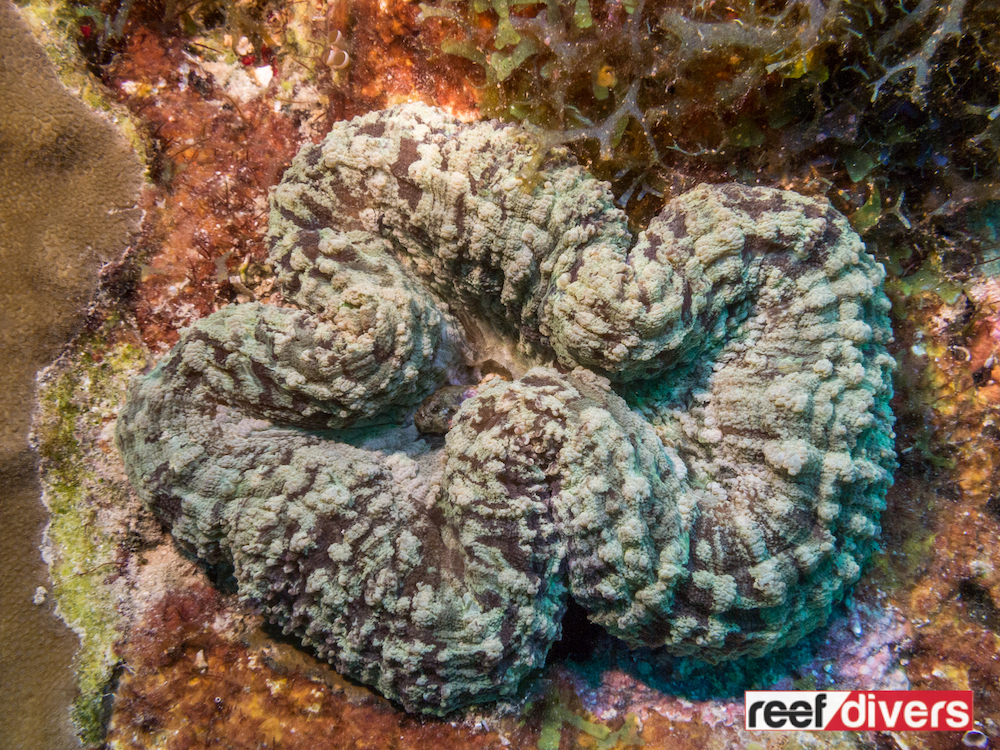 Eusmilia
Eusmilia
2. Eusmilia fastigiata – Smooth Flower Coral
Eusmilia is a common coral found in the Caribbean, and with only one species (Eusmilia fastigiata) you should all quickly become experts in identifying this recognizable coral.
Eusmilia colonies can grow into small mounds about 20 in (50 cm) across. Polyps are a few cm or less than an inch in diameter. The colony grows long tubular corallites that extend from the base in groups of one, two or three. The tips of each polyp are oval or peanut shaped and have a ridged texture. Tentacles are visible at night.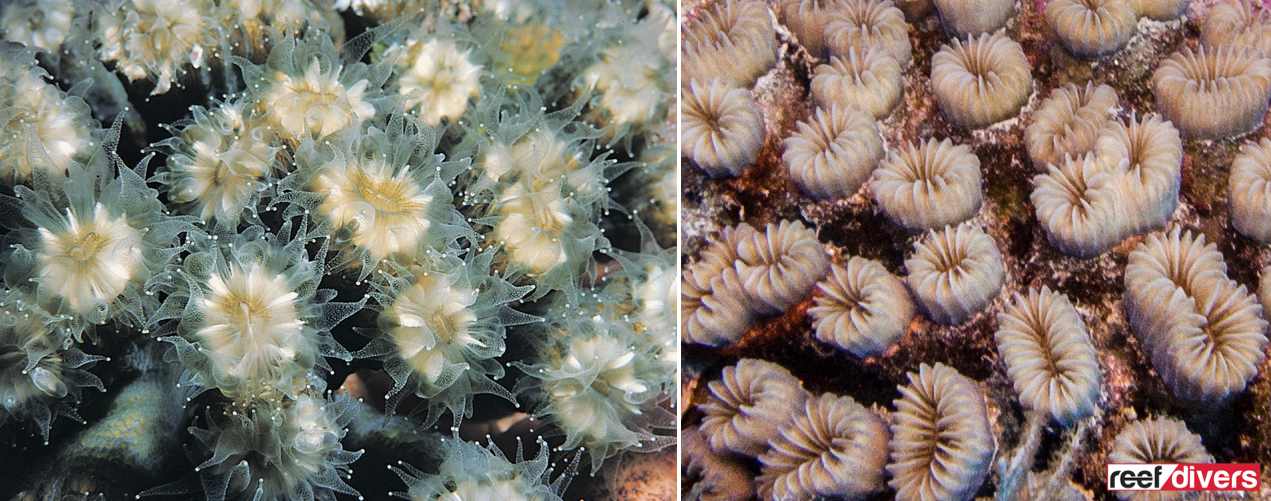
Scolymia
There are two species of Scolymia the smaller solitary disk coral, (Scolymia cubensis), and the large fleshy disk coral (Scolymia lacera). Scolymia cubensis has a smooth fleshy mantle and a mouth in the center of the coral, while Scolymia lacera has pointed skeletal teeth around the edge of the coral.
3. Scolymia cubensis – Artichoke Coral
At first glance, you might even think this is a soft coral because of the puffy ring surrounding the oral disk. But rest assured this is a species of stony coral and underneath the fleshy polyp is a hard calcium carbonate skeleton.
Scolymia corals are the crown jewel, and a big reason I still get excited about Caribbean diving. You can never predict the endless combinations of colors, patterns, or stripes. If there was ever a definition of a diamond in the rough, this is it. This polyp is between 3-8cm or 1-3 inches across.
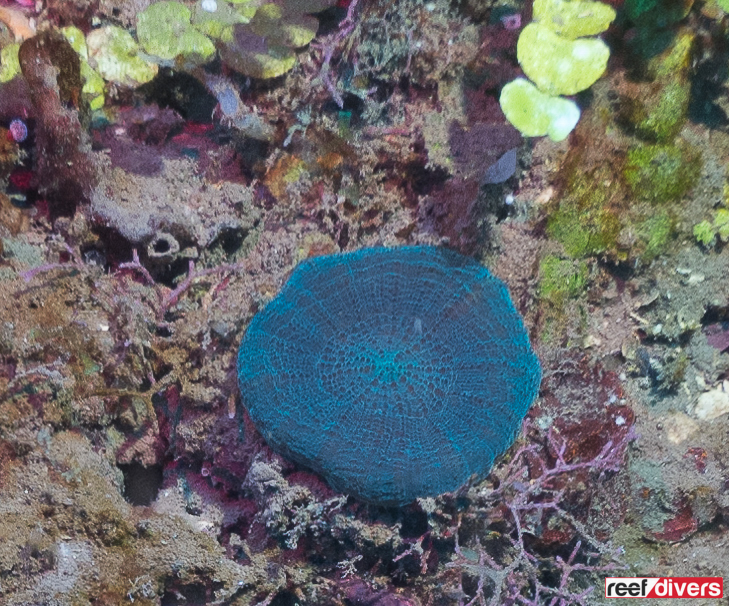
4. Scolymia lacera – Solitary Disk Coral
If you’re like me, every time you get it the water, scuba diving comes with a wish list of corals (or fish) you want to see. In the Caribbean, my list always includes Scolymia lacera.
Mature colonies of Scolymia lacera can be up to 15cm or 6 inches and I’ve even found a few up to 20cm or 8 inches around. Scolymia can have stripes or splotches, with every color imaginable. And there will always be that chance to find that one extraordinary specimen which shines brighter than the rest. That is what makes searching for corals a never-ending treasure hunt.
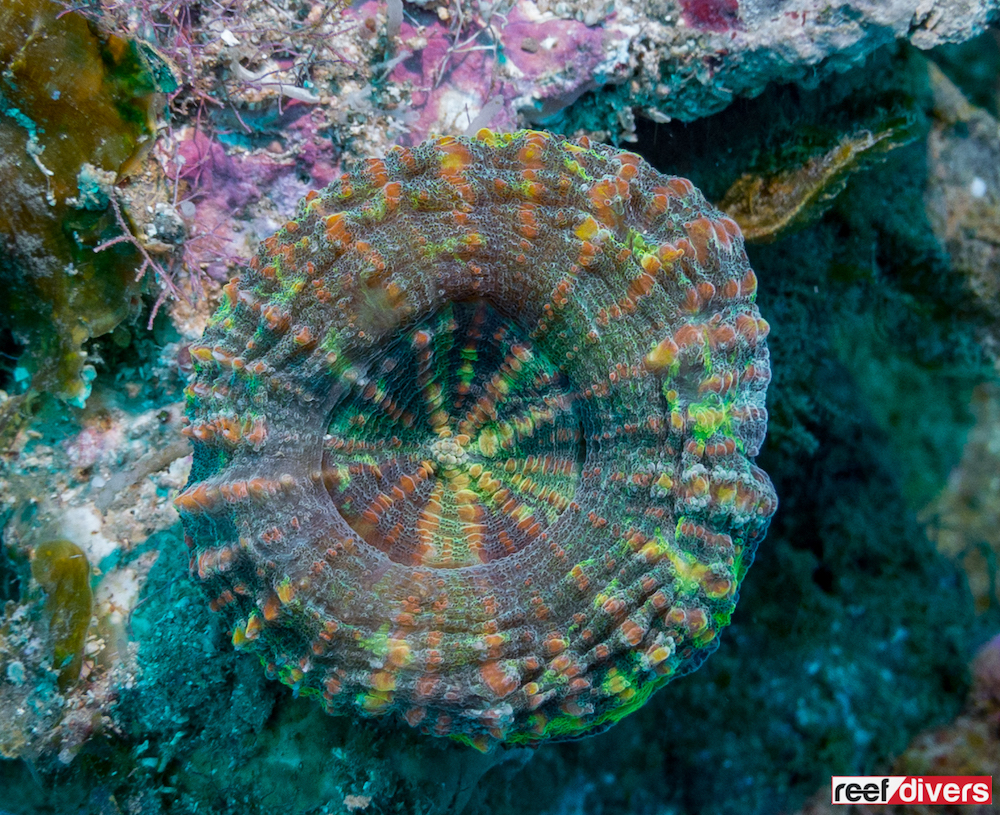
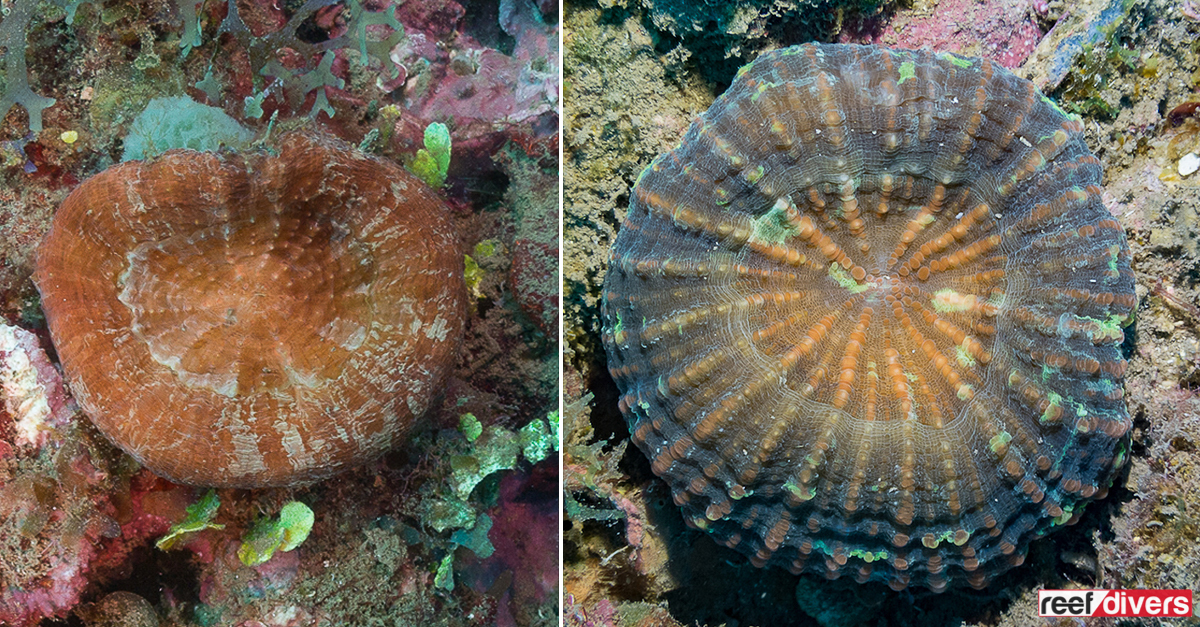
For easy quick access to this quick guide save the graphic below on your phone.
